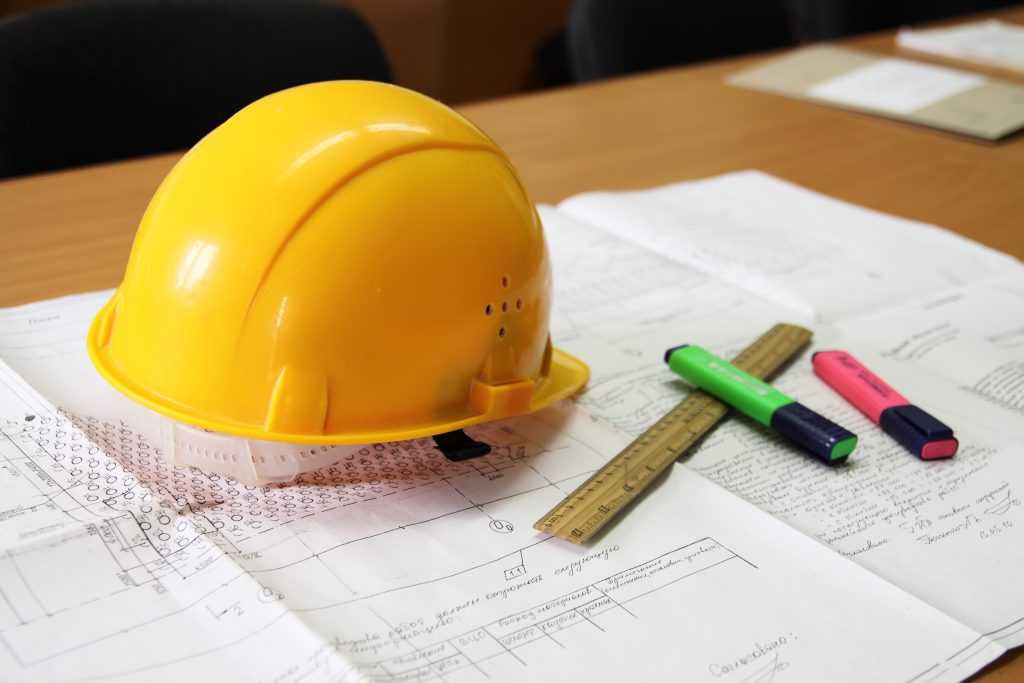Recently, the International Code Council (ICC) released their draft Scope and Intent (S&I) statement for the 2027 International Energy Conservation Code. Particularly because of the bumpy (to put it nicely) 2024 cycle, having an S&I that provides clear and decisive direction on how the Board of Directors wants the process to proceed is crucial for the 2027 cycle. Unfortunately, the results are in line with March decisions about the 2024 IECC, and forebode continued stalling for climate action. Read on for my take on the draft S&I and the Directors’ Commentary associated with it.
Feedback Due August 19, 2024
Your voice and climate concern is important! Provide comments on the draft Scope and Intent to the IECC and apply for a committee seat.
IECC Scope and Intent
- In the very first sentence we see softening language around energy conservation. Rather than seeking the “maximum level of energy efficiency” (as stated in the 2024 version), the S&I draft would seek to “deliver a reasonable level of energy conservation.” What is the definition of “reasonable” in this situation? Are we grounding the definition of “reasonable” in the climate crisis we are currently facing? There is no definition, and the likely outcome is that this language will slow or halt ambitions to increase energy efficiency.
- The S&I lists the following elements for consideration in developing code requirements: safety, technical feasibility, life cycle cost effectiveness, economic feasibility, and return on investment. Out of these five criteria, three are centered on cost, with no mention of impact on climate, health, or any of the myriad other concerns that jurisdictions are increasingly raising as priorities.
- For the Commercial IECC, ASHRAE 90.1 has always been a compliance method, but the goals of ASHRAE and the ICC may be diverging—what happens when they drift too far?
- The draft more clearly relegates (banishes?) measures addressing greenhouse gases to the optional appendixes, or, at least, to optional compliance measures (that is, there is a path to code compliance that doesn’t include these specific requirements). Decarbonization and energy conservation are not at odds with one another and limiting the code in this way ensures that the code can only continue to progress so far.
IECC Directors’ Commentary
“Provisions of the code shall not promote or penalize specific types of equipment or fuel sources.”
Codes officials want to avoid giving specific equipment types an advantage…or disadvantage. However, if we are trying to conserve energy with the International Energy Conservation Code, shouldn’t we be incentivizing equipment that conserves energy?
Second, this is vague and confusing guidance that would result in a lot of ideological arguments. How do we define the bounds of what is considered “promotion” or “penalization”? This statement is particularly confusing as it relates to energy credits in Section 406 which assigns points to measures relative to the building efficiency improvement.
“The code is updated on a three-year cycle with each subsequent edition providing increased energy savings over the prior edition.”
Increased energy savings over prior editions is absolutely the goal, but this doesn’t provide much clarity. I’d like to see more substantive goals laid out, particularly for the Residential IECC, so we don’t have a repeat of the lackluster “improvements” of the 2015 and 2018 versions. It’s a little disconcerting that this statement was moved out of the actual S&I and into the commentary from the Board of Directors. Maybe it won’t functionally make a difference, but it feels minimizing.
Overall, the S&I feels like a continuation of business-as-usual practices, and represents a missed opportunity to recognize the role of electrification combined with energy efficiency as a means to achieve decarbonization. Relegating measures that would mitigate greenhouse gases to be optional or part of the appendix doesn’t solve the problem, and is further evidence of a failure of this code to evolve with the times.

Why It Matters
The IECC Scope and Intent is a key piece in the wildly large and complex puzzle that is the IECC development process. It’s foundational to everything from what kind of proposals can be considered to what can be upheld during appeals. Last cycle, disagreements around interpretations of the 2024 S&I ultimately enabled the Board of Directors to override committee consensus and strip efficiency gains and electrification provisions from the final code.
The new S&I will set the parameters for the 2027 code, plotting guideposts for what can be accomplished during the development cycle. Getting this right is imperative to setting the 2027 code up for success.
Act Now for a Strong Code
It’s more important than ever to have a strong presence of efficiency and electrification proponents in the IECC development process. Anyone can provide comments on the draft Scope and Intent to the IECC. Committee participation is also extremely valuable as a way to advocate for energy progress—please consider applying for a seat if you can. The deadline for comments and committee applications is August 19, 2024. We are happy to share our experience and recommendations.
